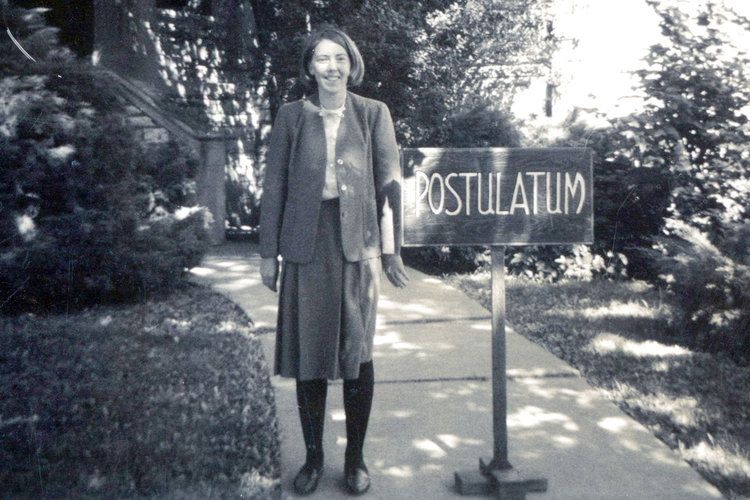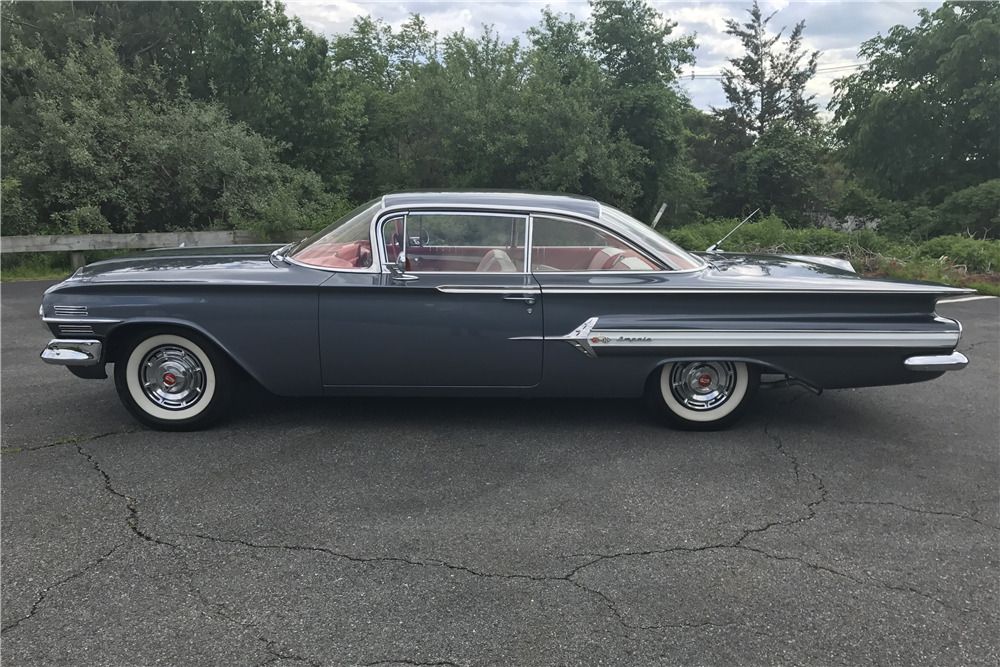Overview of Roberta Elam
Roberta Elam was a 26 year old nun who was killed while praying in 1977. Could a suspect’s tissue sample provide the DNA match investigators need to solve Roberta Elam’s murder?
Roberta Elam, known as Sister Robin to her friends, was a 26-year-old candidate to become a nun when she was raped and murdered near the Wheeling, WV, convent where she was contemplating her commitment to religious life. A former resident of Allendale, NJ, Roberta grew up in Minnesota and Illinois as the oldest of four children before attending Marillac College for undergraduate studies and later Fordham University for a Master’s in theology. Prior to her death, she traveled all over the state of West Virginia conducting adult religious education classes for the Diocese of Wheeling-Charleston.
Those who knew Roberta well described her as friendly, outgoing, a great athlete, and someone who loved to laugh and play. She was known to drive an orange sports car, and she enjoyed writing poetry. The communications director for the Diocese of Wheeling-Charleston added that she was, “... a nice young woman who really lived as a Christian—a really attractive, happy woman.”

The day Roberta was murdered
June 13, 1977, began the same way many of Roberta’s recent days had: with silent prayer and meditation to contemplate taking her vows to become a nun. Around 10:30 am, Roberta left the Mt. St. Joseph Mother House and walked to a field approximately 75 yards away, where she sat on a bench for her reflection. Shortly thereafter, authorities believe a man attacked Roberta from behind, pulling her over the back of the bench (and toppling it in the process) and dragging her 30-50 feet away, where he raped and manually strangled her to death. The bench faced the Speidel Golf Course at Oglebay Park, but police believe the assailant was careful to move Roberta out of sight before assaulting her. At the time of the initial investigation, no golfers reported hearing or seeing anything suspicious.

When Roberta’s body was found
Investigators estimate the crime happened between 11 am and 1 pm on June 13, 1977, and a groundskeeper found Roberta’s body around 1:50 pm. She was wearing street clothes (not a nun’s habit), but some of her clothing had been removed or altered, and she was found partially nude. There was a prayer book near the overturned bench, but police did not find any material that could have been used to strangle Roberta, so they concluded the perpetrator likely used his hands.
An autopsy confirmed that Roberta was sexually assaulted and revealed that she had been menstruating at the time of the attack. The acting coroner at the time also indicated there were bruises on Roberta’s neck, throat, and legs, but she did not appear to have any defensive wounds, leading investigators to believe her assailant had incapacitated her.
Police used bloodhounds to assist with a search for evidence, but the efforts did not yield any clues. Multiple people came forward with information about a car that had been in the vicinity around the time of the attack on Roberta, leading investigators to create a description of a possible suspect: They were looking for a white male in his 30s with dark hair, dark eyes, approximately 5’10” tall, 160 pounds, driving a 1960s gray/blue Chevy Impala with several religious bumper stickers.


During the course of the investigation, several suspects were identified, but none was ever charged. Police also ruled out a connection to several similar murders in neighboring Washington County, Pennsylvania.
Where the case stands today
In the early 2000s, Ohio County’s sheriff reinvigorated the case by sending crime scene evidence to a lab that was able to extract a DNA sample believed to belong to Roberta’s killer. The genetic profile produced from the DNA sample has been sent to hundreds of labs and law enforcement agencies in the hope that one day it will match someone in one of those databases.
One suspect that was eliminated early on, John Shoplak, has resurfaced on police radar now that there is a DNA sample. At the time of the initial investigation, Shoplak allegedly knew details about the crime that had not yet been released to the public (including the presence of menstrual blood), but he was eventually eliminated because his blood type on file in military records (which were prone to error at the time) did not match the killer’s. Although Shoplak died in 2019, the Ohio County Sheriff’s Office is trying to obtain a tissue sample from a hospital that treated Shoplak prior to his death so that they can compare his DNA to the sample they have from the crime scene.
Anyone with information regarding the murder of Roberta Elam is encouraged to contact the West Virginia State Police at 304-746-2100 or the Wheeling Police Department at 304-234-3664.















































